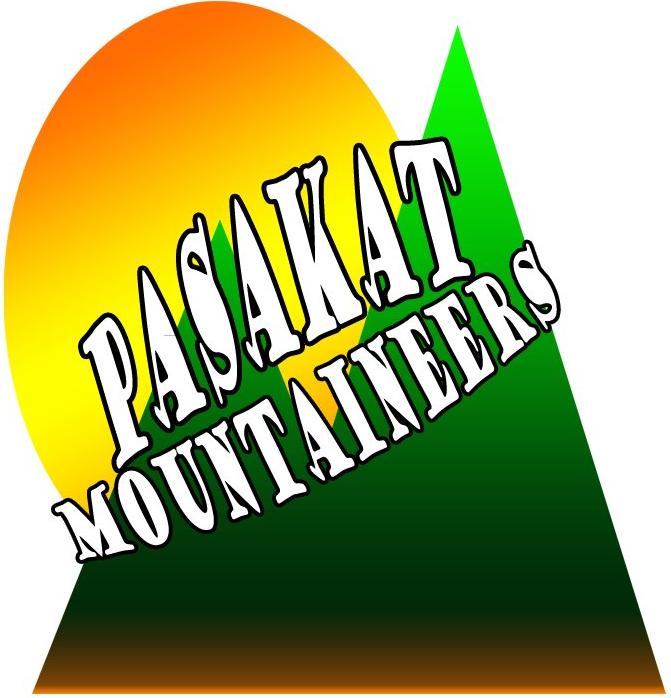- Anawangin
- Mt. Apo
- Mt. Batulao
- Mt. Cristobal
- Mt. Damas
- Mt. Daguldul
- Mt. Dulang-dulang
- Mt. Lantad
- Mt. Gulugod Baboy
- Mt. Makiling
- Mt. Maculot
- Mt. Manabu
- Mt. Marami
- Pico de loro
- Mt. Pinatubo
- Mt. Pulag
- Mt. Sembrano
- Taal Volcano
- Mt. Tagapo
- Mt. Talamitam
- Mt. Romelo
- Mt. Ugo
- Boracay Beach
- Laoag, Ilocos Norte
- Puerto Galera
- Puraran Beach
- Twin Rock Beach
- Vigan, Ilocos Sur
- Underground River





